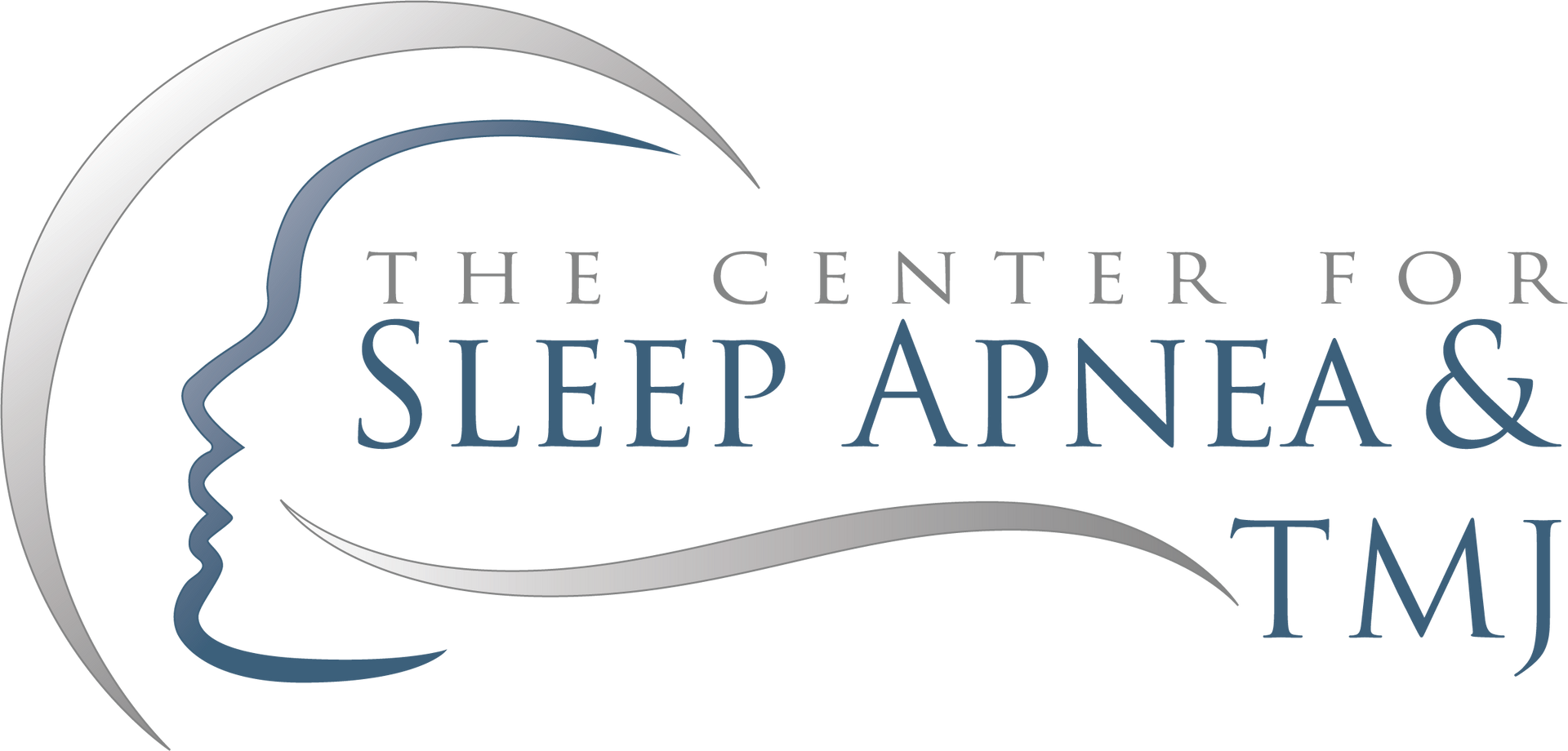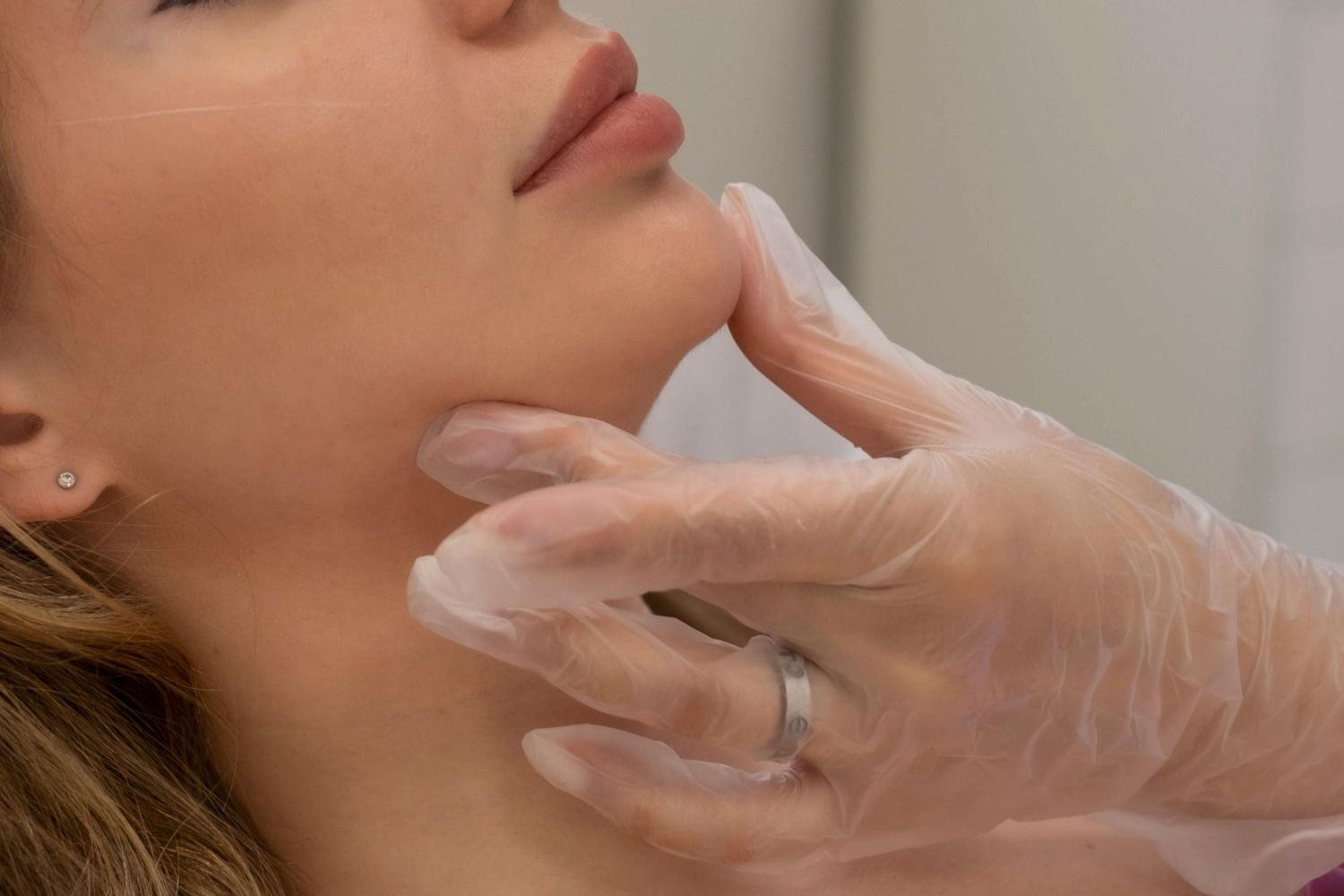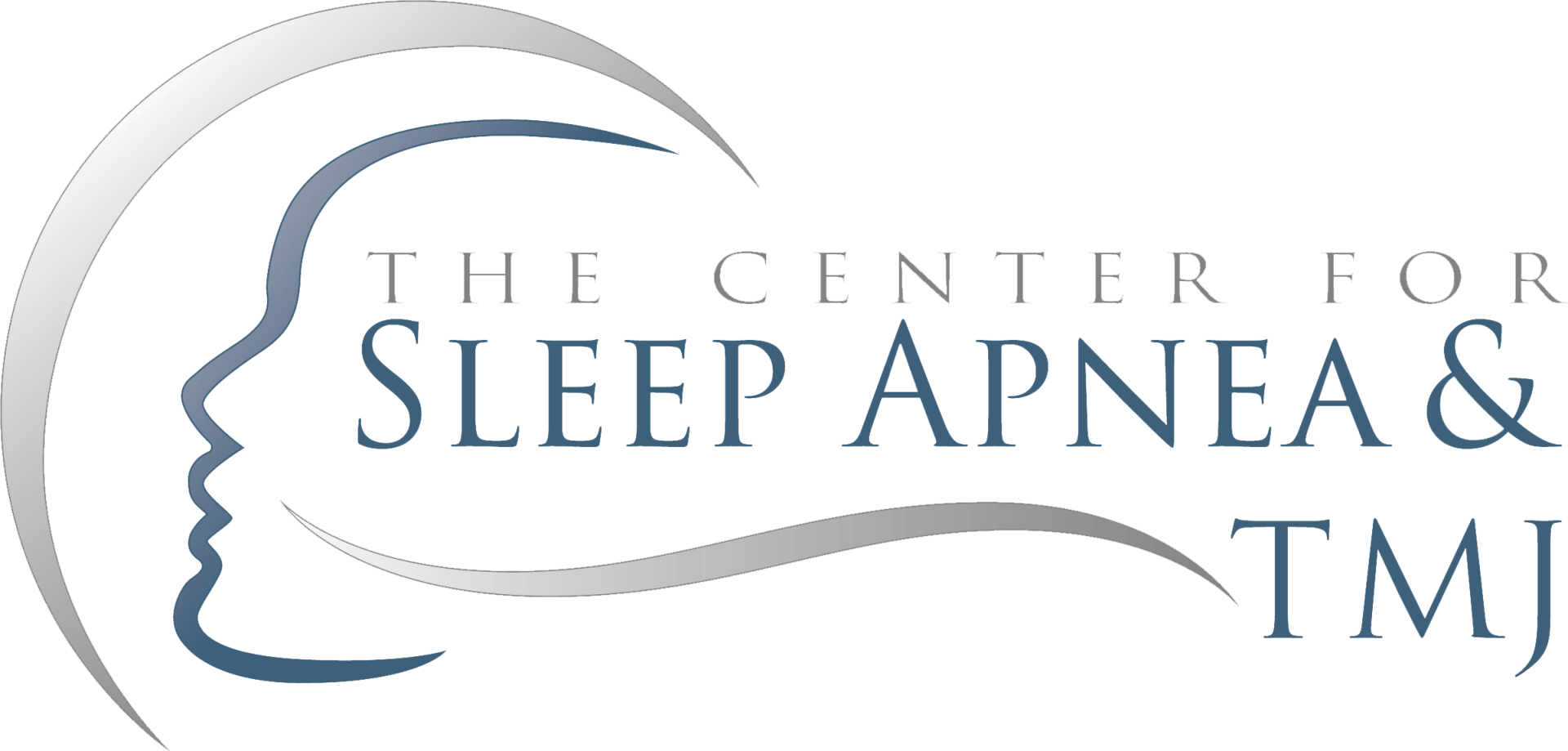Understanding TMJ Disorders: An In-Depth Guide to Diagnosis and Treatment Options

Understanding, diagnosing, and treating temporomandibular joint (TMJ) disorders can be a complex process, given the multifaceted nature of the condition. This comprehensive guide aims to shed light on TMJ disorders, providing a succinct yet thorough overview for both patients and healthcare professionals alike.
We delve into the intricacies of diagnosis, the signs and symptoms that may indicate a TMJ disorder, and a review of the current treatment options available. By amalgamating scientific research, clinical expertise, and patient experiences, this guide seeks to demystify the often confusing world of TMJ disorders, offering clear, precise, and up-to-date information.
Whether you are a health professional seeking to expand your knowledge on this topic or a patient trying to understand more about your condition, our guide endeavors to provide you with the necessary tools to navigate TMJ disorders with confidence.
Understanding the Causes of TMJ Disorders
At the core of TMJ disorders lies the temporomandibular joint, a complex and versatile hinge joint that enables a wide range of jaw motions. The joint comprises a unique structure with a cushioning disc between the jawbone and skull, allowing for both rotational and sliding movements. There are various factors that can contribute to the development of TMJ disorders, including:
- Misalignment or erosion of the disc within the joint
- Arthritis causing damage to the joint's cartilage
- Trauma or injury resulting in damage to the joint or surrounding muscles
- Clenching or grinding of the teeth (bruxism), which puts stress on the joint
- Genetic predisposition and anatomical differences
Understanding the underlying cause of a TMJ disorder is essential, as it informs the most appropriate course of treatment to address the individual's specific needs.
Recognizing the Symptoms of TMJ Disorders
TMJ disorders can manifest with a variety of symptoms that range from mild discomfort to severe, chronic pain. Some of the hallmarks of TMJ disorders include:
- Pain or tenderness in the jaw, temporomandibular joint, or surrounding facial muscles
- Stiffness or limited range of motion in the jaw
- Clicking, popping, or grating sound when opening or closing the mouth
- The sensation of the jaw being "locked" or "stuck" in place
- Difficulty chewing or discomfort when eating
- Earache, ringing in the ears (tinnitus), or dizziness
- Headaches or migraines associated with jaw tension
It is essential to track these symptoms and consult with a specialist to evaluate if a TMJ disorder may be the underlying cause of the discomfort.
Diagnostic Approaches for TMJ Disorders
A comprehensive evaluation by an experienced specialist is crucial for the accurate diagnosis of TMJ disorders, as many of the symptoms can overlap with other conditions, such as toothaches, sinus infections, or headaches. The diagnostic process for TMJ disorders typically involves:
- Physical examination: The specialist will assess the jaw's range of motion, listen for clicking or popping sounds, and press on the jaw and surrounding structures to identify areas of pain or discomfort.
- Medical history: A detailed review of the patient's medical history, including any previous injuries, dental treatments, or pre-existing conditions, can provide essential context for the current symptoms.
- Imaging studies: X-rays, magnetic resonance imaging (MRI), or computerized tomography (CT) scans may be utilized to obtain a clearer view of the jaw's structure and identify any issues with the temporomandibular joint or surrounding tissues.
- Dental evaluation: In some cases, a dental consultation may be recommended to rule out potential dental issues that could be contributing to the symptoms or to assess the impact of malocclusion (misaligned teeth) on TMJ function.
Treatment Options Tailored to TMJ Disorders
Treating TMJ disorders effectively often requires a multidisciplinary approach, owing to the complexity of the condition and the varying individual needs of those affected. Some of the potential treatment options for TMJ disorders include:
- Home remedies and self-care: Applying ice packs, practicing relaxation techniques, and performing jaw and neck exercises can help alleviate muscle tension and discomfort in mild cases.
- Medications: Anti-inflammatory medications, muscle relaxants, or tricyclic antidepressants may be prescribed to alleviate pain, swelling, and muscle tension associated with TMJ disorders.
- Oral splints or dental appliances: Custom-made splints or dental appliances can help reduce clenching, grinding, and stabilize jaw alignment, mitigating stress on the temporomandibular joint.
- Physical therapy: A physical therapist can guide patients through a series of jaw and neck exercises designed to strengthen the muscles, improve flexibility, and alleviate pain associated with TMJ disorders.
- Dental work: In some cases, correcting misaligned teeth or addressing dental issues can contribute to improved TMJ function and reduced pain.
- Surgical interventions: If conservative treatments fail to provide relief, surgical options, such as arthrocentesis, arthroscopy, or open-joint surgery, might be considered to address structural issues within the temporomandibular joint.
Breaking Down TMJ Disorders: An Extensive Guide to Symptoms and Treatments
As the complexities of TMJ disorders become apparent, it is essential to understand the importance of early diagnosis, comprehensive evaluation, and tailored treatment plans to alleviate pain and improve quality of life.
The Center for Sleep Apnea and TMJ, is dedicated to providing specialized care for individuals struggling with these debilitating disorders. If you suspect that you or a loved one may be suffering from a TMJ disorder, don't hesitate to contact our team of sleep apnea doctors in Boise and begin the journey towards better health and well-being.










